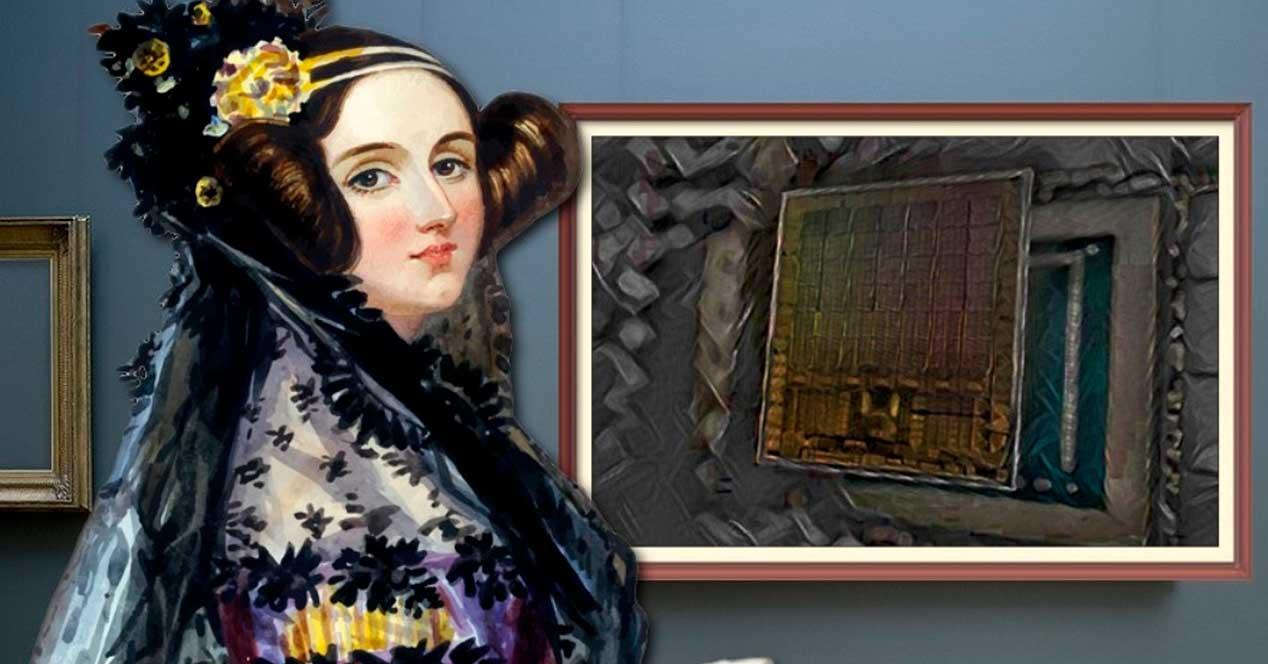New details of the NVIDIA RTX 40 have emerged, some of them we already knew a few days ago, while others are completely new. Let’s see how the rumors about the next generation of GeForce are shaping up, which we should see presented in the third quarter of this year if NVIDIA executes its launch as it did with the previous two generations.
We are very clear that the first next-gen gaming graphics card will be from NVIDIA under the trade name RTX 40 and based on the Ada Lovelace architecture. At the moment the information is vague and we know almost no news about the leak of the company’s servers. However, there is new information about what we might expect in a few months.
New NVIDIA RTX 40 Details
It’s a tradition in the world of gaming graphics cards that every new generation starts with the high end. We should therefore certainly expect the launch of several RTX 40s based on the AD102 GPU. Which is the only graphics chip under the Ada Lovelace architecture in which all the leaks coincide in terms of information.
The specifications of the full version of the AD102 GPU are as follows:
- 144 SM with 18,432 cores CUDA or FP32 units in total,
- An improved memory controller said to support transfer speeds of up to 32 Gbpsalthough it is expected that in the RTX 40 it will be much lower.
- bus from 384 bit from GPU to VRAM. While the new RTX 40 details don’t say so, don’t rule out a 320 or even 352-bit version.
- The performance of the RTX 4090 would double compared to its predecessor, although the room for improvement would be between 80% and 110%. Which means that NVIDIA has not yet decided which clock speed to choose.
- As for the TDP, we are talking about versions of 450W and 600W
We know from other sources that currently the only chip that has been in production for weeks is precisely the AD102, at the moment there is a socket version, which is common in internal prototypes, which is tested with PCBs based on the 450W RTX 3090 Ti.
And what about other models?
As with the rest of the range, the information that has been dropped is the same as seen in the NVIDIA leak and is not entirely reliable, especially as it points to everything that Jensen Huang doesn’t yet have. closed the specifications. and, therefore, they would not have entered pre-production, as seems to have happened with the AD102. Therefore, the information provided is less reliable in terms of these models.
In any case, we can expect a launch very similar to the RTX 20, and therefore we can expect to see during this year 2022 the RTX 4090, RTX 4080 and RTX 4070 models equipped respectively with the AD102, AD103 GPUs and AD104. The RTX 4080 is expected to perform better than the RTX 3090 and that will also be achieved by the RTX 4070. The RTX 30 is said to share space for a while, but given the lack of stock the high-end GeForce Ampere It is very clear that it will be the mid and low ranges of the RTX 30 that will remain without substitute during this 2022.
32 Gbps is only possible in one direction
What we don’t like very much, and we said this a few days ago, is the high memory speed that the new memory controller can achieve. Currently, no type of VRAM on the market supports these speeds. 32 Gbps is the speed that Samsung says its GDDR7 proposal will achieve, but such memory exists as standard and so it’s a waste of time for a graphics card coming out this year to support a type of VRAM that will put a lot of time to appear.
The most logical explanation for such a transfer speed? NVIDIA may have developed an on-the-fly data compression-decompression system to interface memory with VRAM via an accelerator. This will allow them to reach 32 Gbps of transfer thanks to data compression using current memory buses. This allows Nvidia to power the 144 SMs of the AD102 without bandwidth bottlenecks, without having to increase the size of the bus and therefore its cost or its speed and therefore its consumption.











